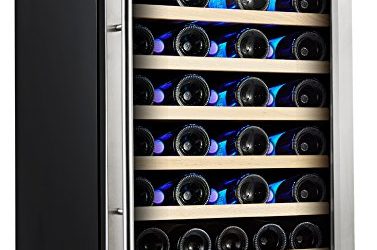(Champagne) from England
On 15th December, Harpers reported that studies showed that more than half of sparkling wine drinkers in England had tried an English sparkling wine at least once. This is certainly good news for the fledgling industry, whose protagonists have always maintained that England provides conditions that are not dissimilar to those of Champagne for winemaking, and that nowhere else on earth comes so close. So why haven’t we heard more about England’s best kept secret?

There are wineries in England stretching from the south coast as far north as Leeds, where the northern climate kicks in and it becomes too cold to grow grapes. You will find their wines in supermarkets if you look closely, probably nestling between the Retsina from Greece and other ‘novelty’ wines that people have tried on holiday. More likely though, you will find them at farmers markets, in the towns and villages that are near the wineries, and from the wineries themselves. Production is very small and there are good and bad vintages thanks to our ever-changing climate.
Still whites account for most production – although some red wines are made. Like Germany, the UK is not ideal for the ripening of red grapes. And you won’t find the likes of Pinot Grigio and Sauvignon Blanc amongst the whites – the kind of grapes that will grow in our climate tend to be the ones you will not have heard of unless you are the most avid follower of the industry. Muller-Thurgau, anyone? Huxelrebe? Auxerrois? These ‘hybrid’ grapes are made by crossing popular varietals in order to utilise their favourable characteristics – so the resulting hybrid might have the acidity of one grape and the high yields of another. The still wines are best described as pleasant, highly aromatic, delicate, and sometimes, unfortunately, forgettable.
Chardonnay is grown in England though, along with other Champagne grapes Pinot Noir and Pinot Meunier. They are used to make very credible sparkling wines using the Champagne method, from basic wines retailing at under a tenner to vintage wines that come in at round about £20-30. I’ve been fortunate to try some of the vintage wines from the excellent Nyetimber estate. On every occasion I have found them to be crisp, complex, well-balanced and remarkably similar to Champagne. That lovely brioche-like fragrance and spiced apple flavour that is so elusive in wines outside of Champagne is really obvious here, they really do demonstrate some extraordinary winemaking.
England is a small place with a terrible climate and no wine producing history to speak of. Even in a good year, production is tiny, and so England’s sparkling winemakers are unlikely to cause a stir on the international wine scene anytime soon. Image is a problem, and price is a bigger problem – to produce excellent wines on a small scale, costs money, and consequently England’s wines are seldom a cheap alternative to Champagne. Which means that faced with the decision of which one to buy, most people will reach for the brand they know and love, rather than testing out an unknown product. But it is nice to know that these fine English wines are out there – and we should be very proud of them. And in a difficult year for the wine industry, the 2011 vintage has been reportedly very good and will only help England’s winemakers to further their cause to get the recognition they truly deserve.





